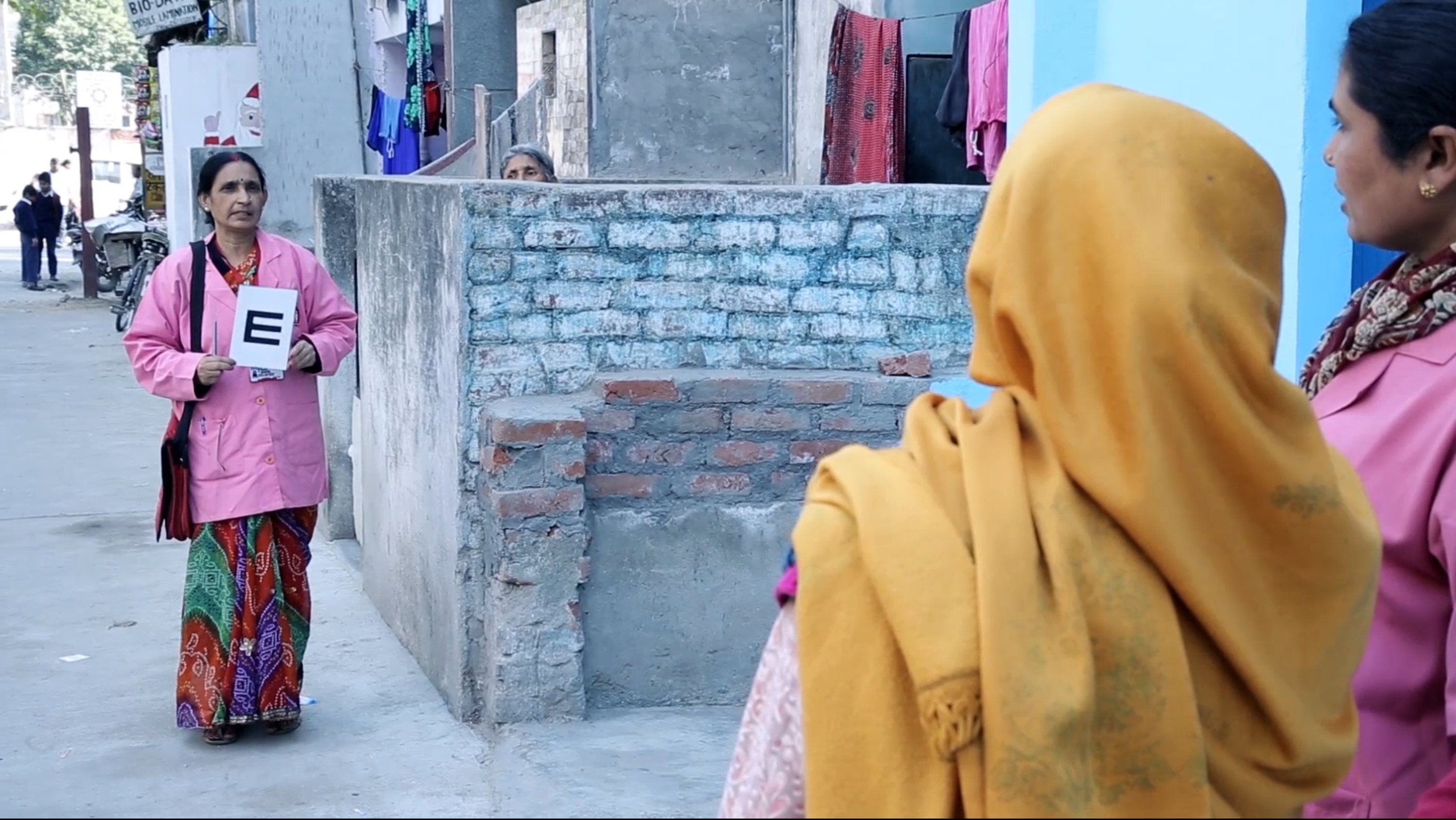Key community eye health messages

Related content
Types of research
• Basic (experimental) research involves testing or attempting to prove a hypothesis through experimentation.
• Clinical research addresses how diseases in individuals can present and be diagnosed and how a condition can be managed.
• Epidemiological research studies the distribution of disease and other health-related conditions in populations and applies it to control health problems.

Rapid Assessment of Avoidable Blindness (RAAB)
• It is a population-based eye health survey which assesses the prevalence and causes of vision impairment and blindness among people aged 50 years and above.
• A certified RAAB trainer supports the RAAB survey and requires a local team and time commitment.
• The changes in the RAAB survey protocol are reflected by version number, from RAAB4.0, RAAB4.03, RAAB5, RAAB6, to the most recent RAAB7 (2021).
Benefits of developing research skills
• Helps to answer clinical question and to deliver good quality eye care by making evidence-based decisions.
• Provides knowledge to build on to engage with complex topics in a specialised field.
• Expands knowledge about specific problems and is a great chance to expand the network.
